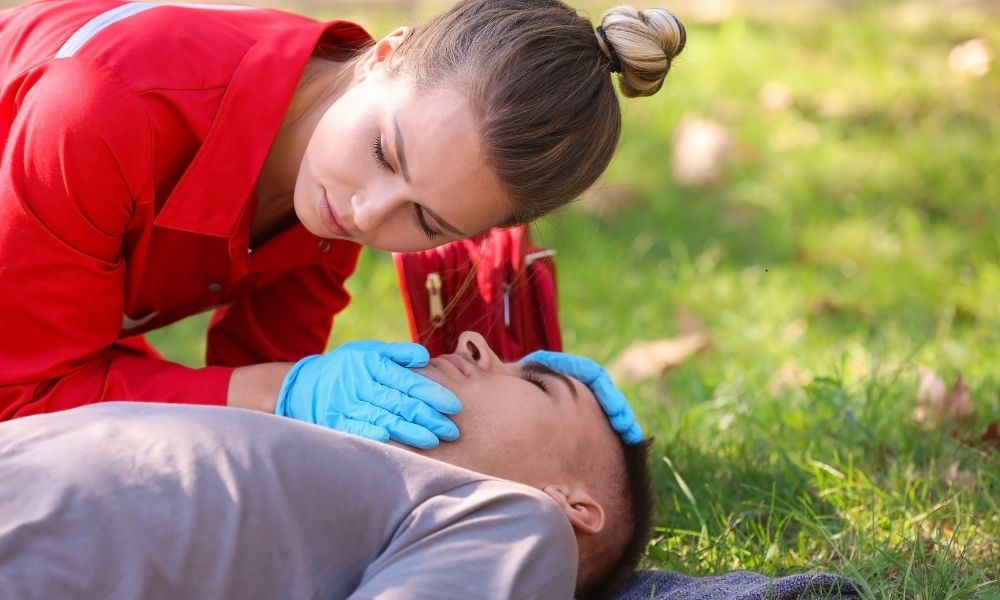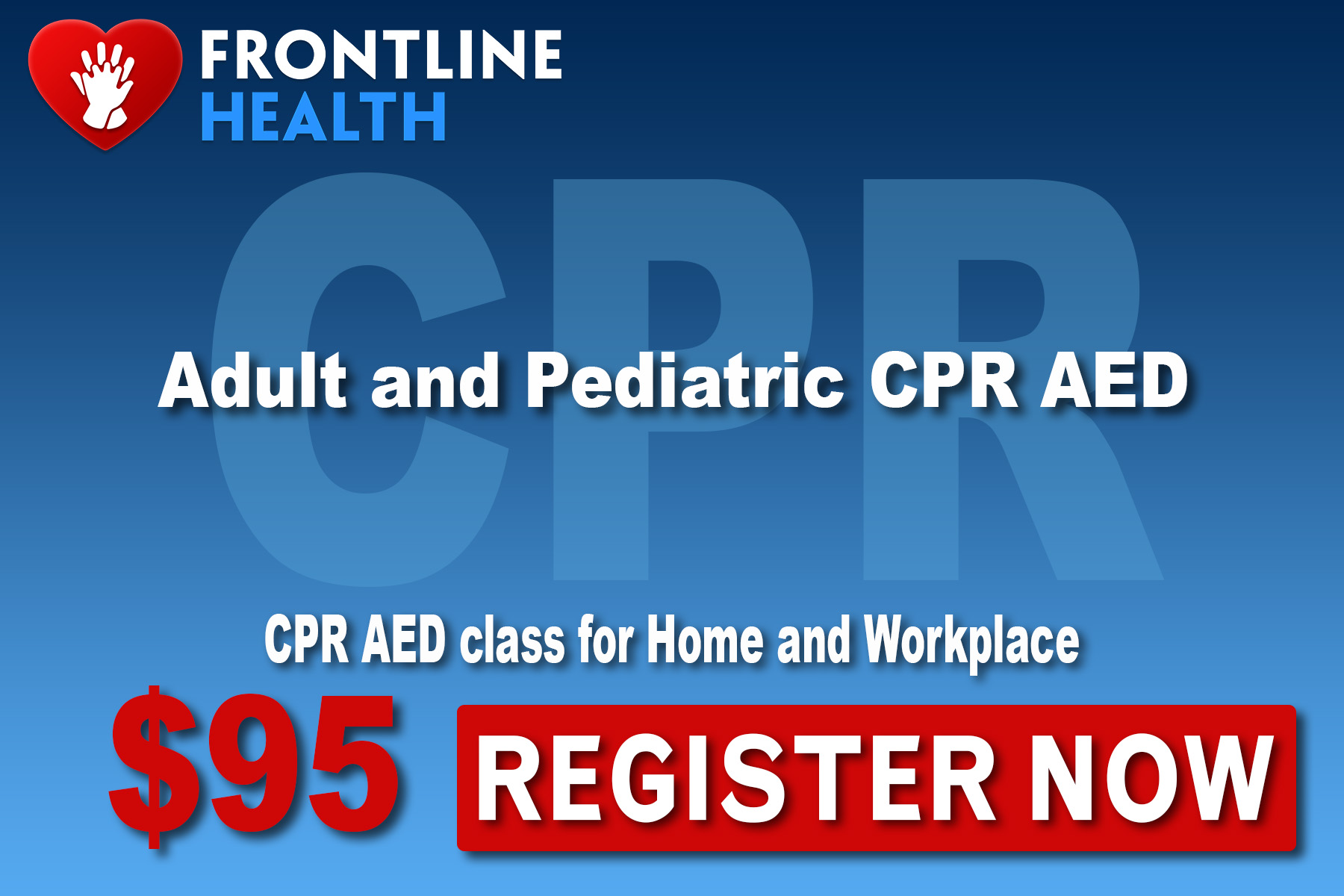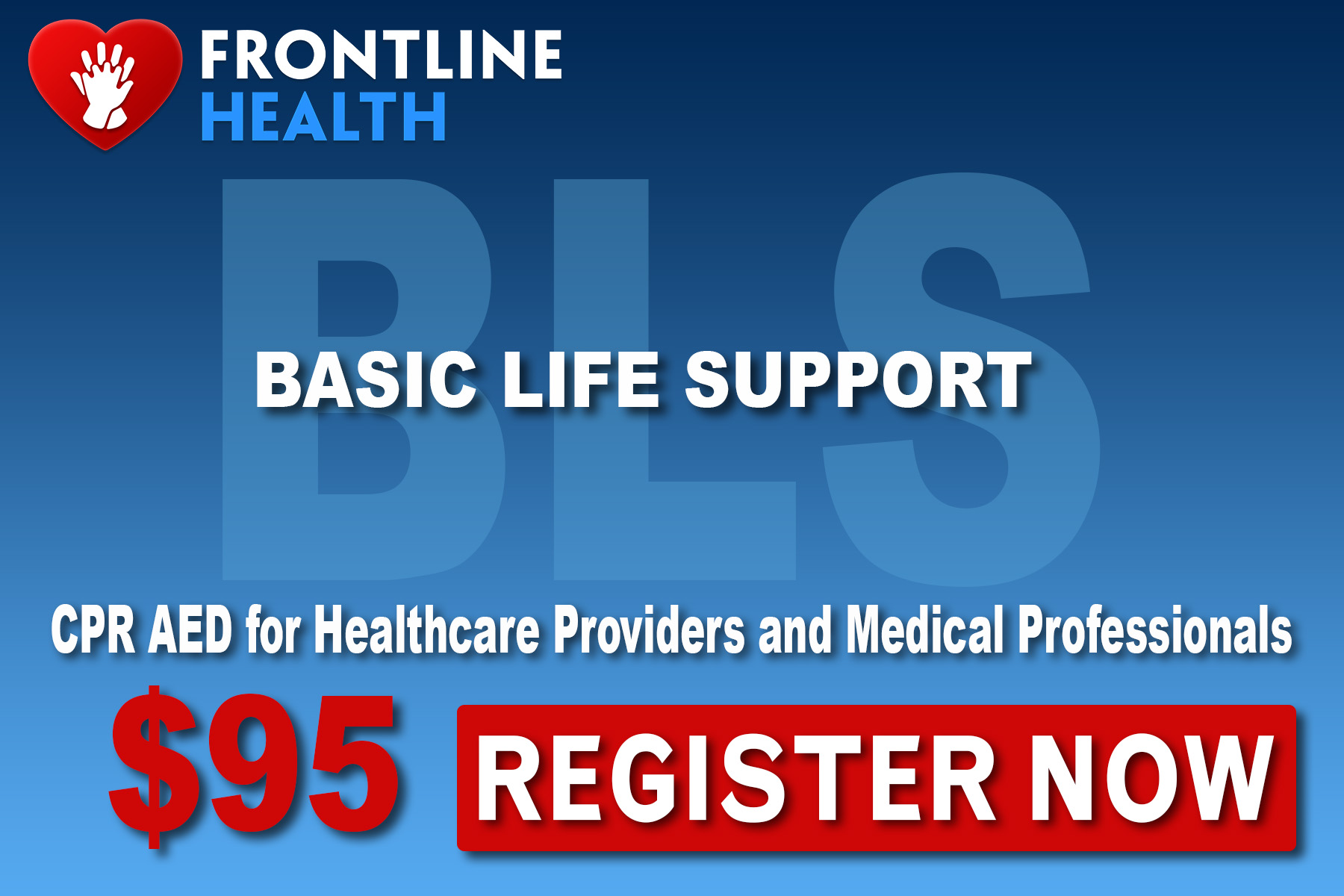The Proper CPR Sequence To Follow
- Jun 28, 2021
While anyone can provide cardiopulmonary resuscitation, you should follow the correct steps for it to be most effective. If you need a quick guide to refresh your memory or prepare you for CPR class, here is the proper CPR sequence to follow.
Assess the Situation
When you encounter a person who appears to be unresponsive, the first thing you should do is check for responsiveness by tapping the shoulders and shouting, “Are you OK?” If they do not respond and are not breathing normally or are only gasping, ask a bystander to call 9-1-1 or do this yourself. With help on the way, your CPR will serve as the bridge of life between the incident and the arrival of advanced providers.
Begin CPR With Chest Compressions
The CPR sequence begins with chest compressions. For adults, place the heel of one hand in the center of the chest on the lower half of the breast bone, along the nipple line, and place the other hand on top of the first. Push hard into their chest, at least two inches deep. Keep pushing at a rate of 100–120 compressions per minute for a total of thirty chest compressions. A simple way to maintain that pace is by compressing to the rhythm of The Bee Gee’s “Stayin’ Alive.”
Follow With Rescue Breaths
After the 30 chest compressions, give two rescue breaths. Place your mouth directly over the person’s mouth and breathe into their lungs. To do this, simply tilt the person’s head back and pinch their nose closed. Next, place your mouth over theirs and form a tight seal so that no air escapes. Then, blow slowly for about one second. Let the air out and immediately give a second breath. Look for the chest to rise slightly with each breath. Continue the CPR sequence with 30 chest compressions and two breaths until help arrives.
Knowing the proper CPR sequence to follow can be the difference between life and death for someone in an emergency. While a quick guide can help in a pinch, it is best to receive hands-on training from a certified CPR Instructor. Check out our hands-on CPR AED certification in NYC at Frontline Health, and find a class that fits into your schedule.




